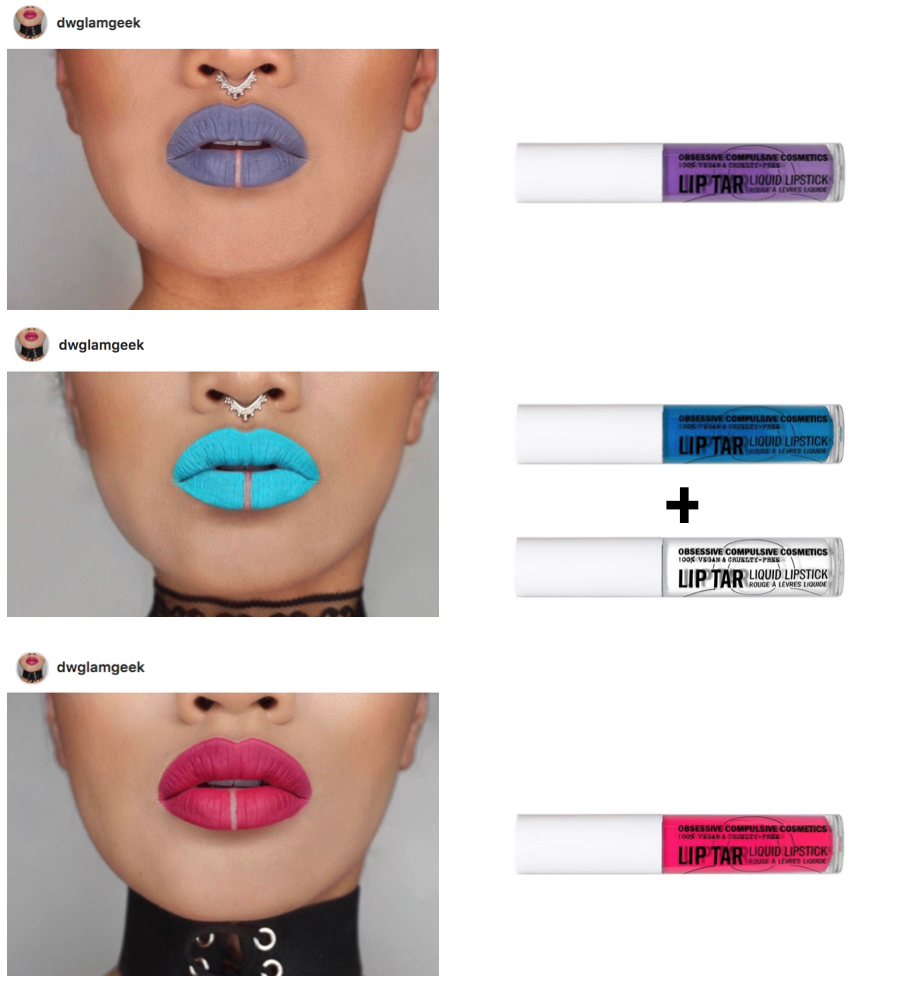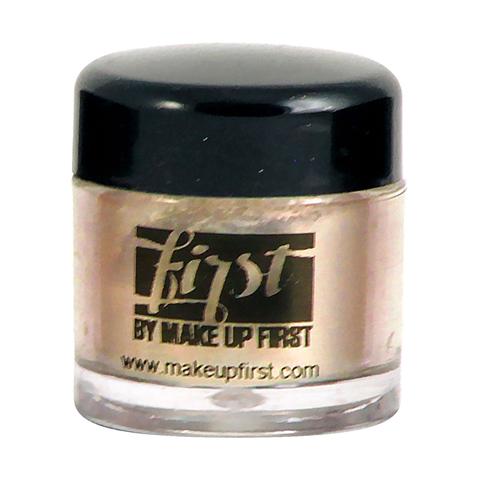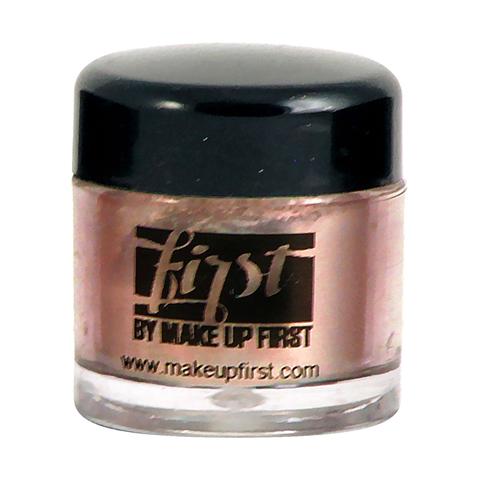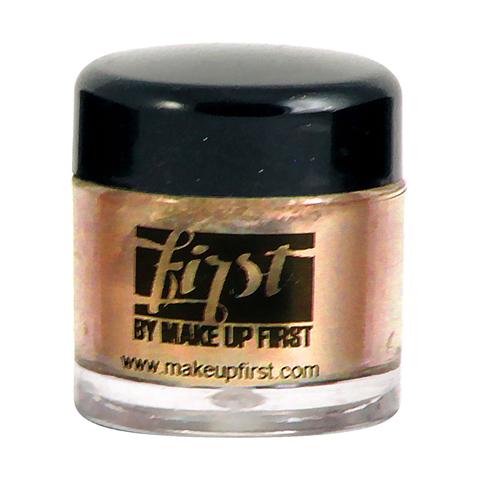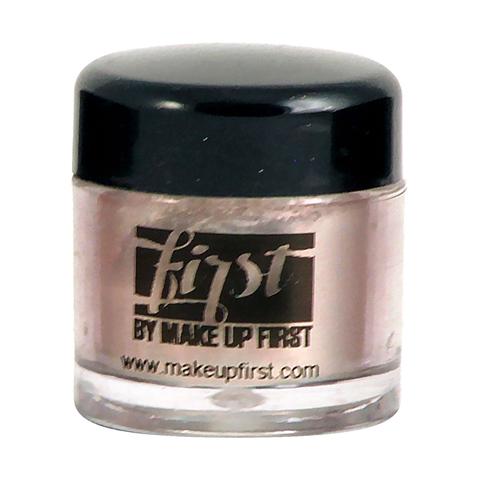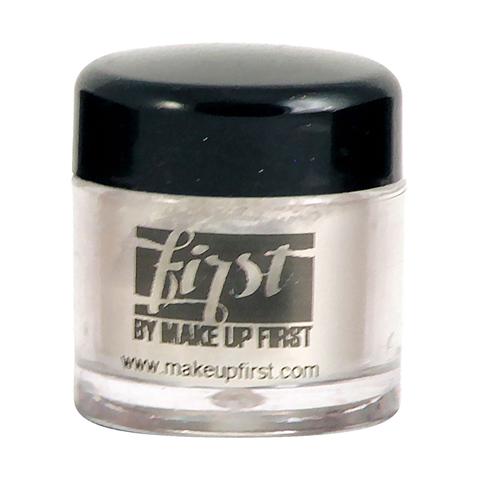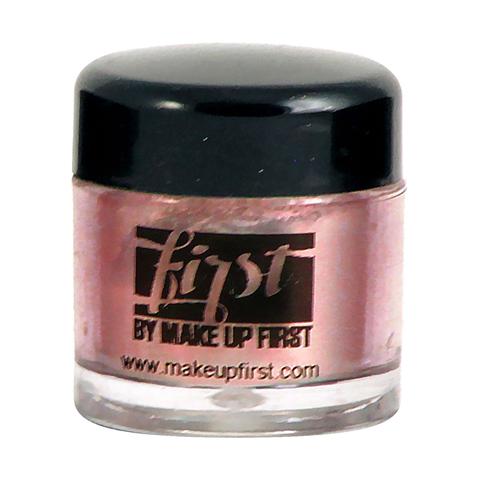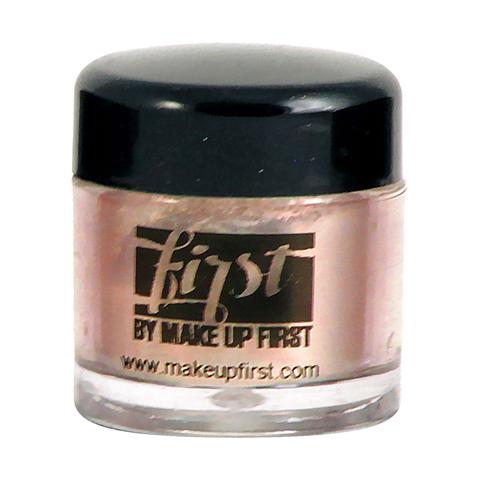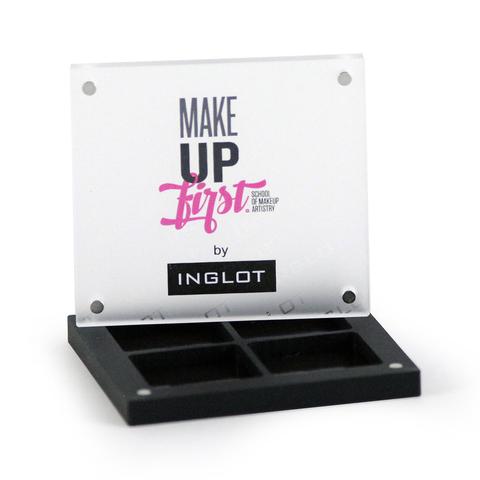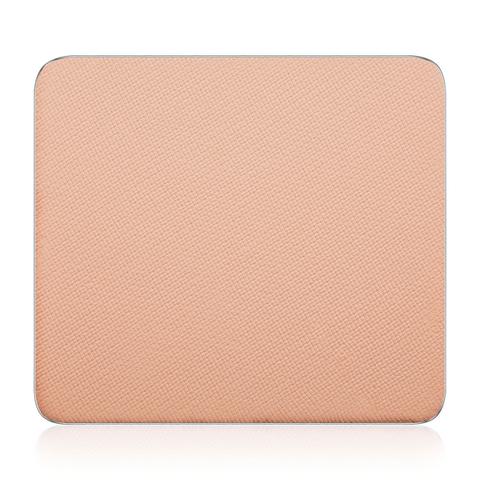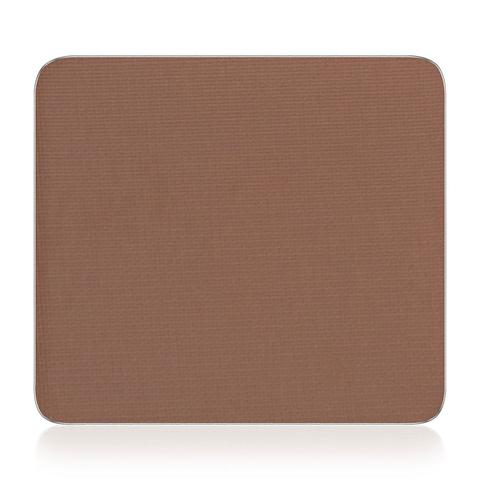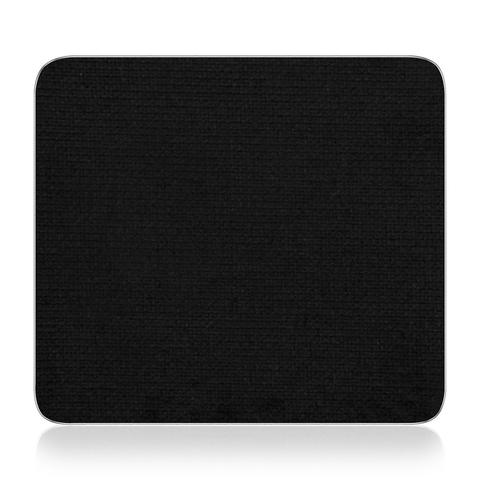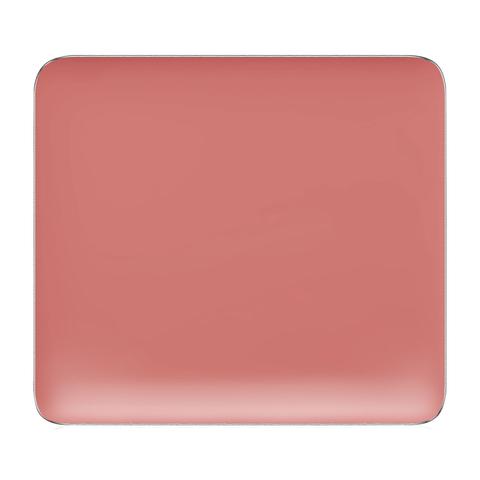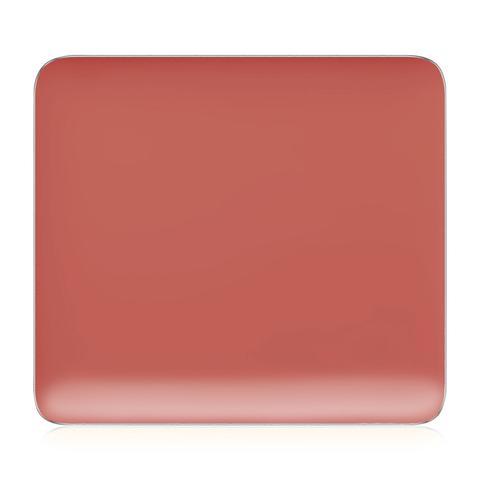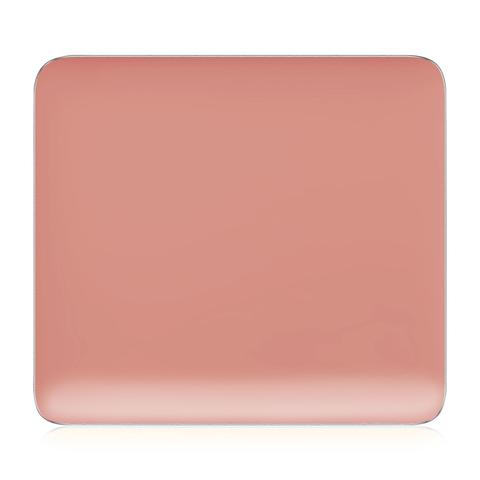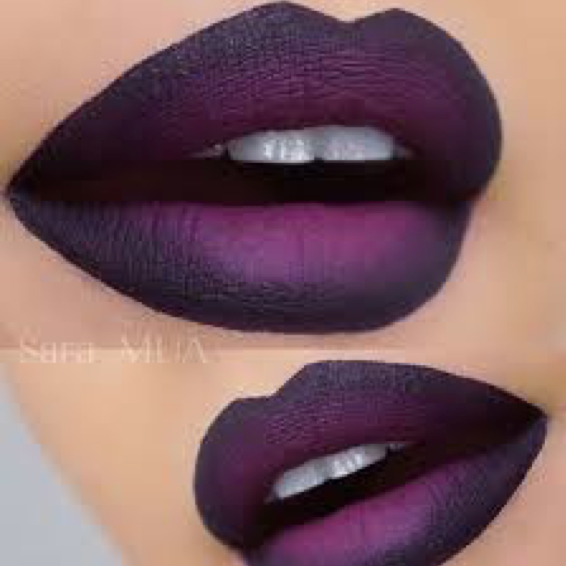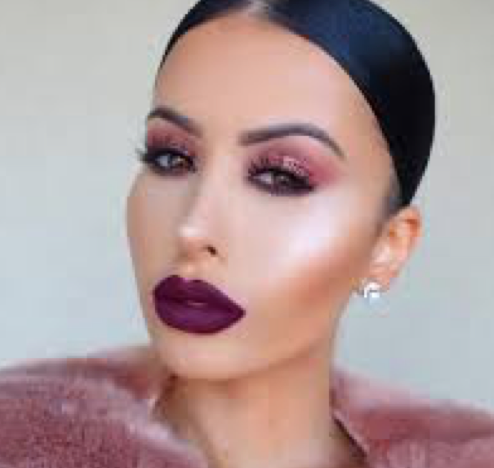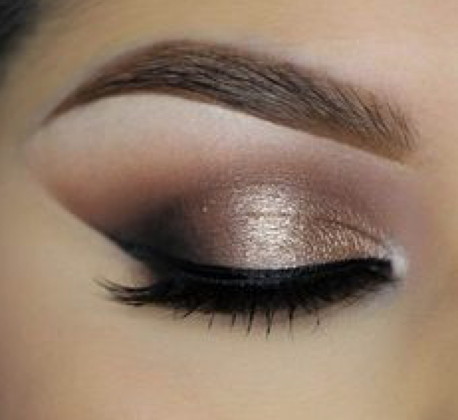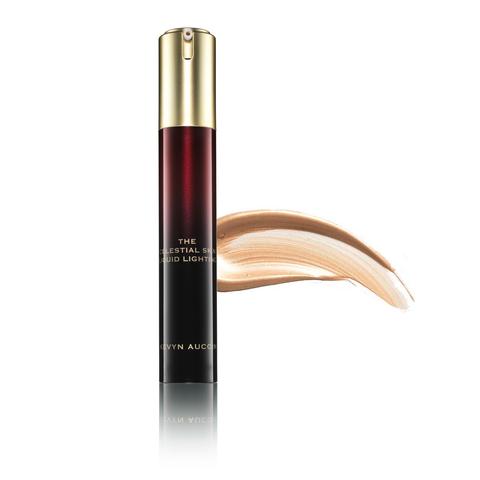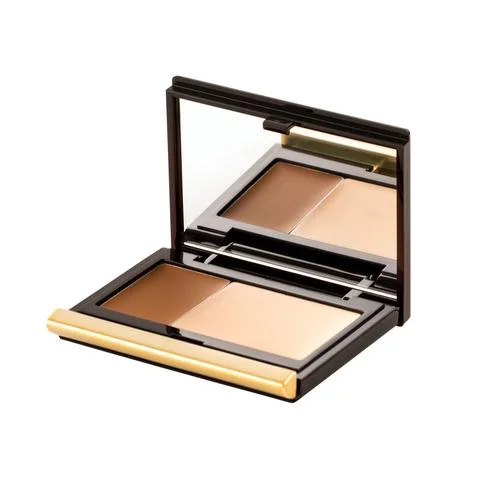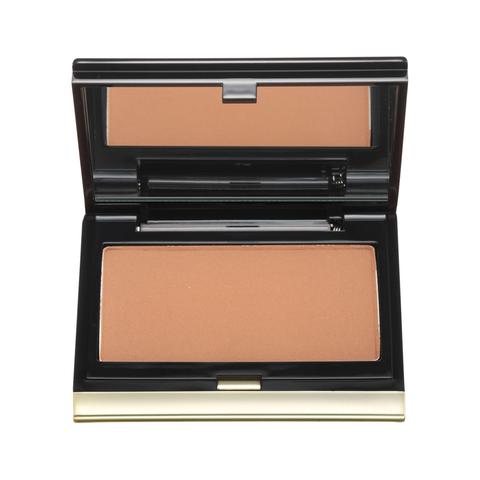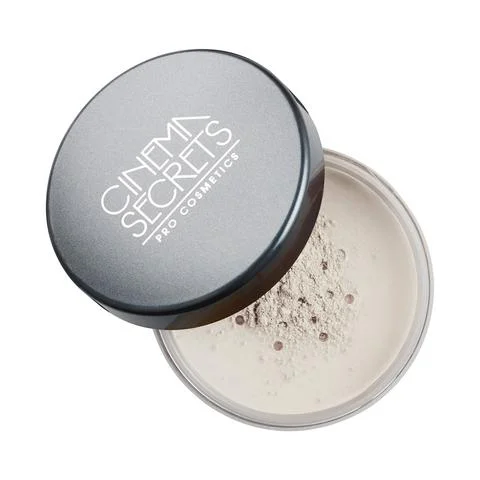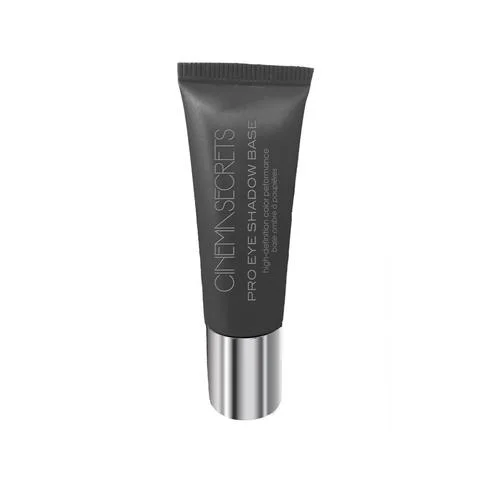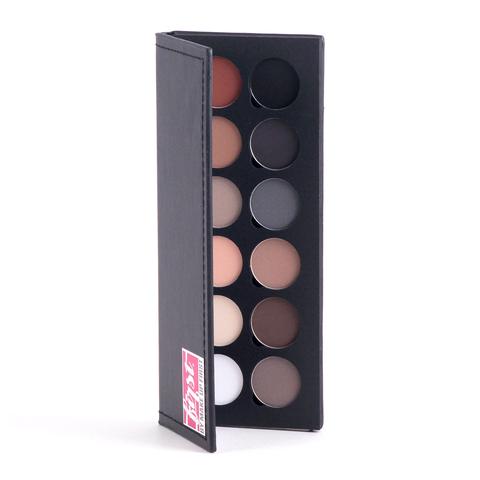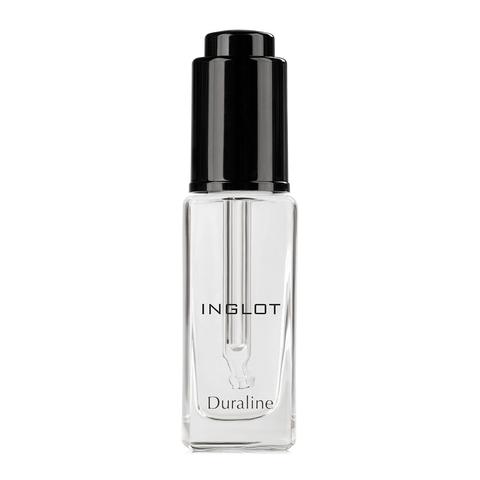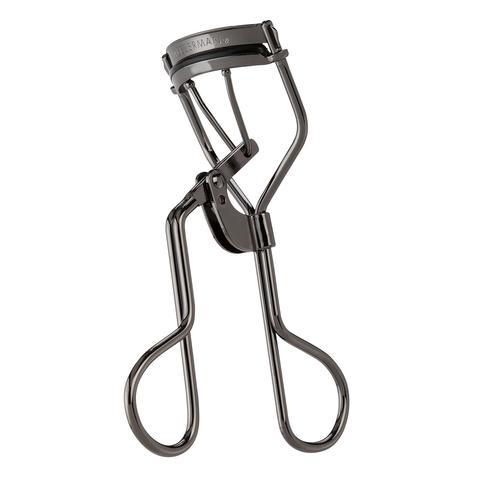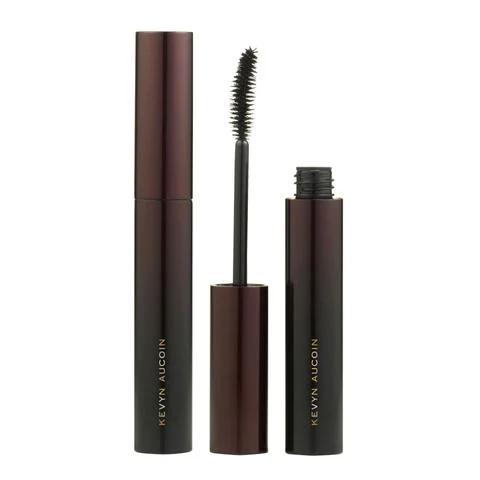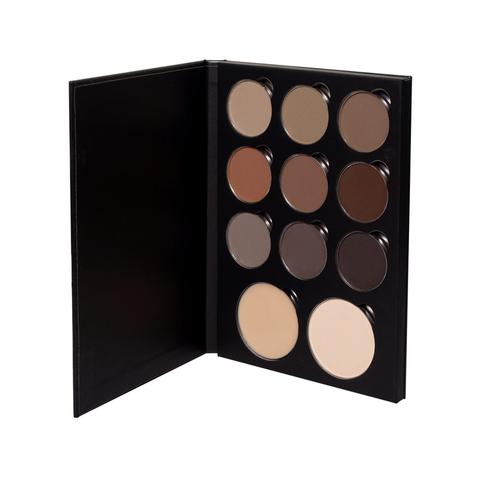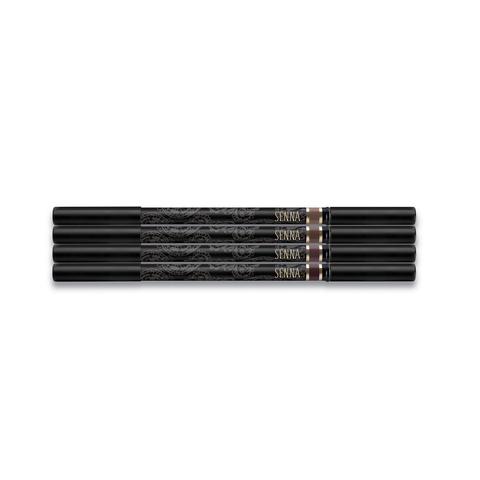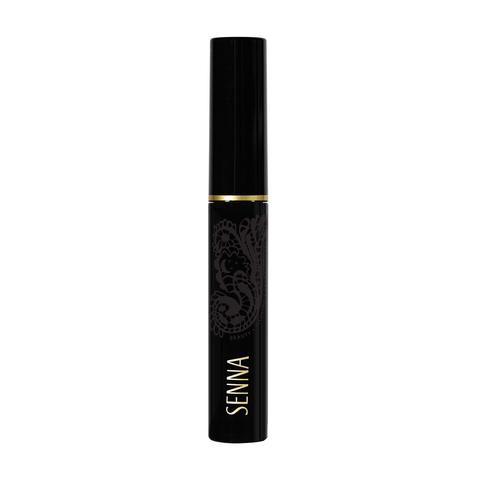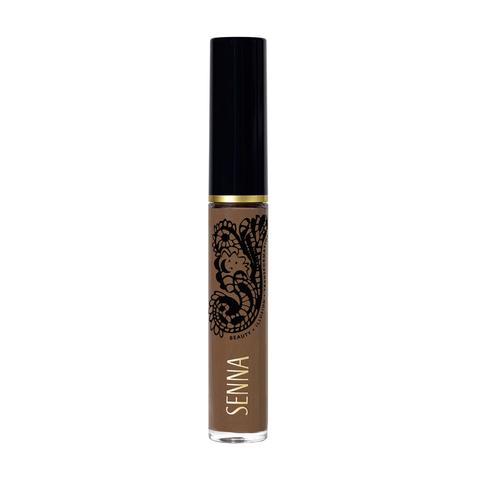According to social media platforms, most notably Instagram and YouTube, contouring, highlighting, and other names given to describe makeup looks, are new and exciting beauty trends. On the contrary! The techniques of playing with light and shadow (chiaroscuro) are not new in the art of drawing and painting; nor are these techniques new to makeup; professional makeup artists have been incorporating some or all of these makeup techniques for decades! What is new about the“Instagram face”, however, is the heavy-handed, “one-look-suits-all” makeup application. In this workshop, we will examine the current social media look, and then work to best incorporate the look into a realistic application, thereby creating a flattering and “wearable” look.
Traditional Makeup Artist Training
The traditional training for makeup artists involves study with skilled makeup artists, both in formal (school) and informal (on-the job) settings. In order to become marketable, after years of work, and continuing education, makeup artists must build an impressive portfolio, to reflect both their area of expertise, as well as the range of their work. The professional makeup artist may be more skilled in creating a character for theater or film, or may excel at enhancing a client’s face and features, for high definition television, print, and film. Some professional makeup artists may become proficient in both theatrical as well as beauty makeup. The goal of the professional beauty makeup artist is to use the art of makeup, which has always utilized light (and corresponding shadow), to enhance existing features. The goal of the theatrical makeup artist is to first create a character, and then, through the appropriate use of dramatic contrast between light and shadow, ensure that the character is visible to the audience.
The New Influencers
Historically, those who have influenced style and makeup trends have included the monarchy, the fashion industry, from designers to “super models”, as well as the celebrities in the motion picture industry. During the 1980’s, makeup artistry came into its own as a viable profession, with Kevyn Aucoin and Bobbie Brown, as examples of prominent, influential celebrity makeup artists.
The new influencers, however, are famous for making themselves famous through social media. Following the unrealistic, filtered example of reality celebrities, (notably the Kardashian/Jenner women), we are bombarded with social media “how-tos,” created by virtually anyone who decides to record their techniques in front of a mobile device. These untrained artists work on their own faces, and frequently use the same heavy-handed techniques that can be found in drag, or theatrical makeup applications for large venues. The goal of the Instagram “artists” and YouTube “artists” is to gather a large following, thereby gaining the attention of cosmetic companies, who can then expand sales through these video “artists.” The most popular, and therefore most successful social media personalities, many of whom are not professional makeup artists, can easily earn an income merely by using, blogging and endorsing beauty brands. The result is a cult following of impressionable youth who desire that “Instagram” look, whether or not it is flattering for the individual. With this current trend, many of the professional makeup artists find that the artistry has been removed from the art of makeup.
The “Instagram” Look


